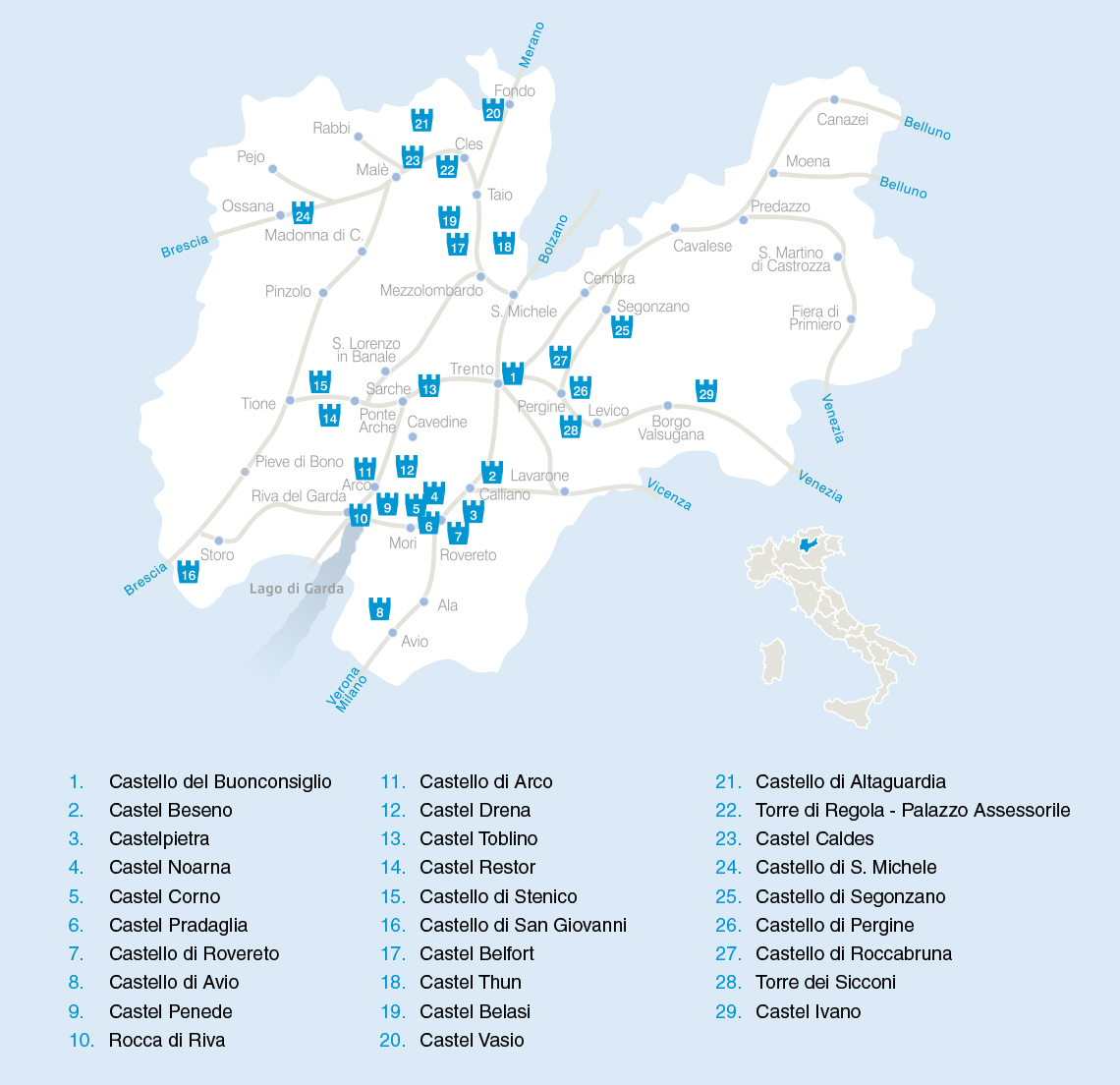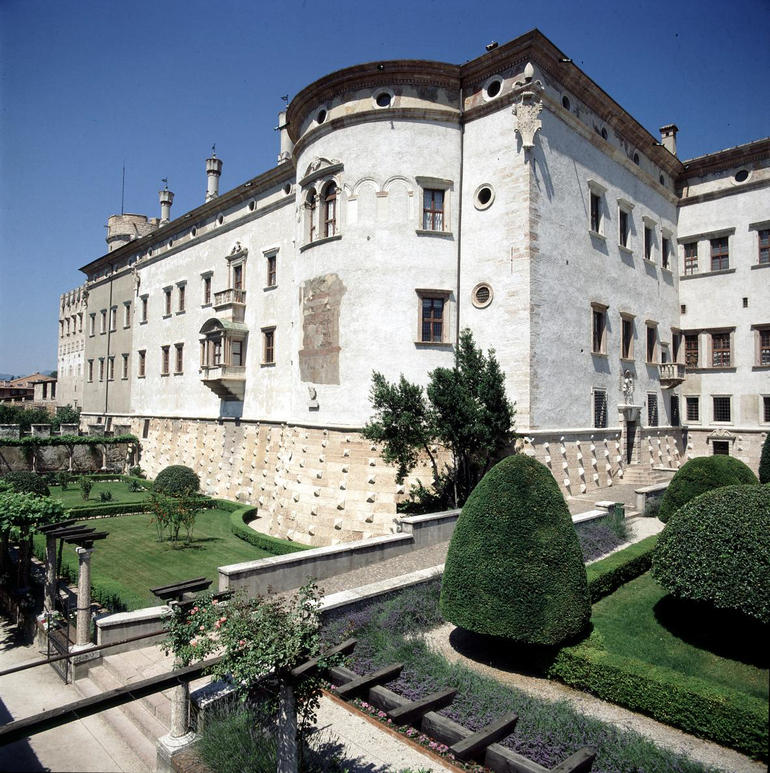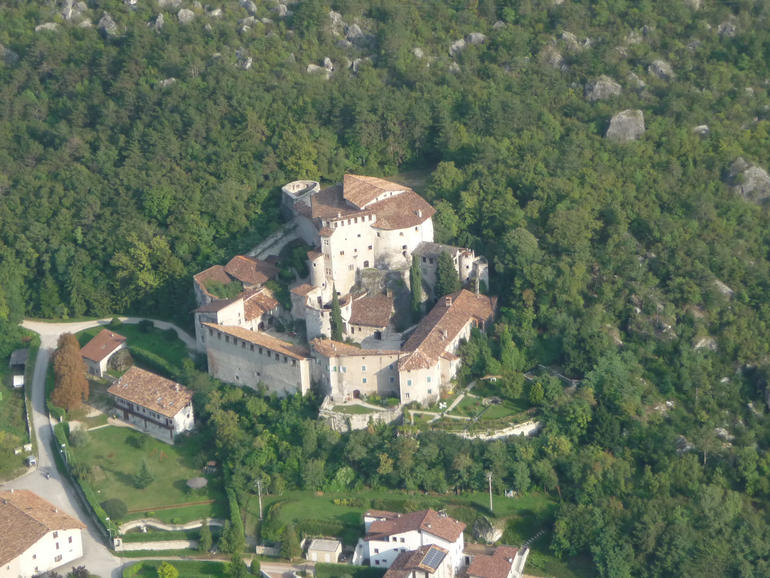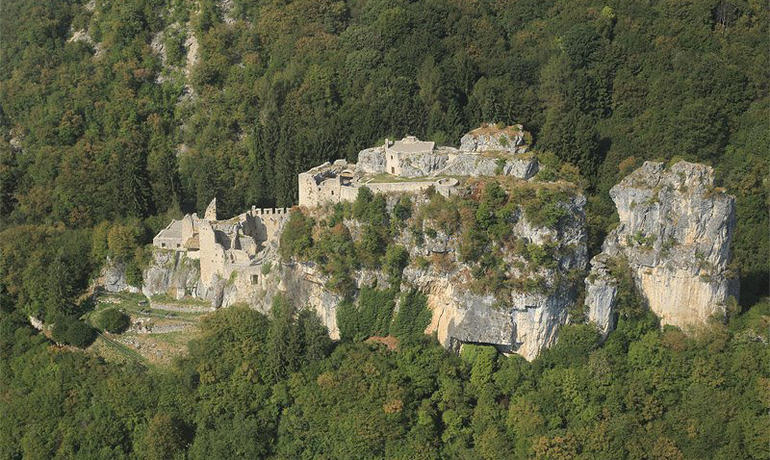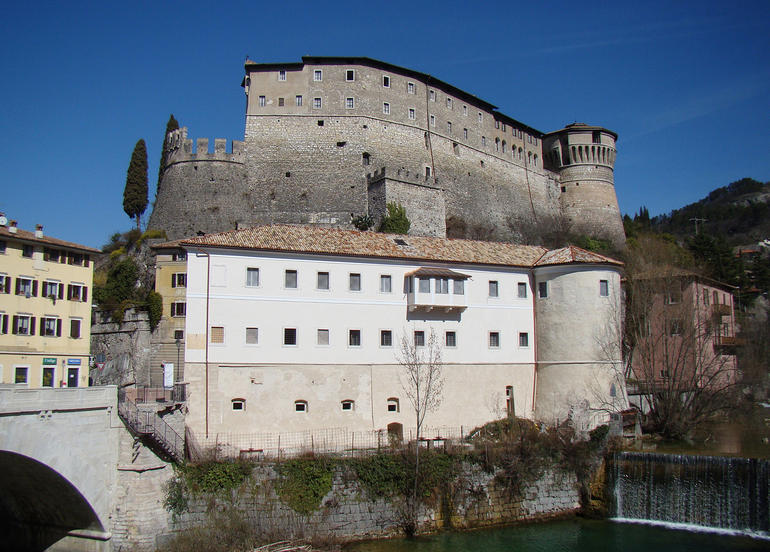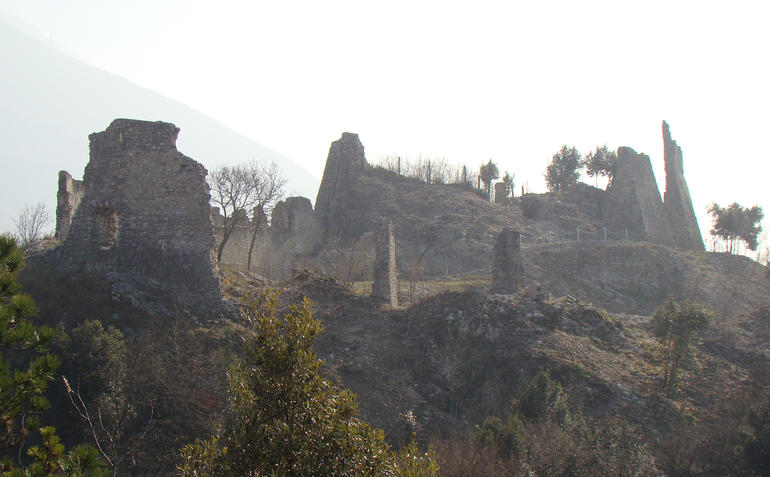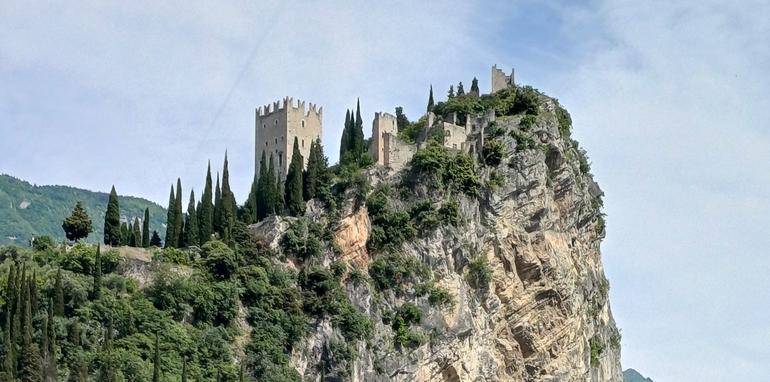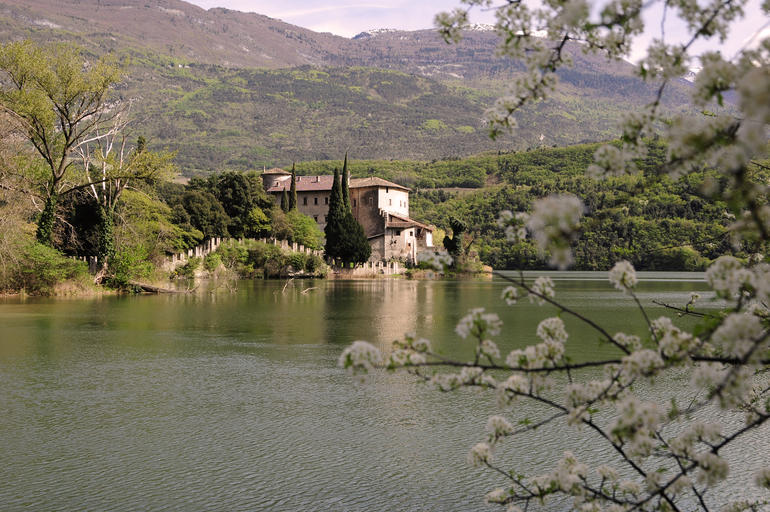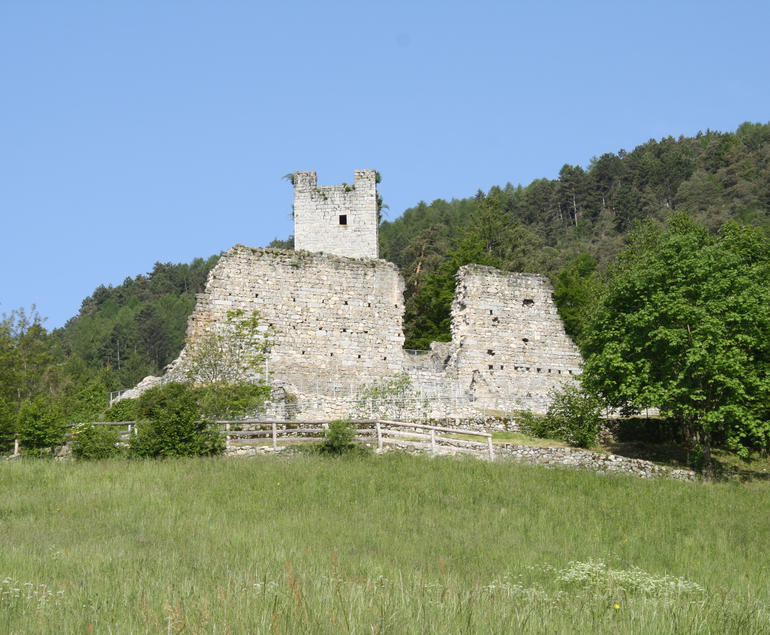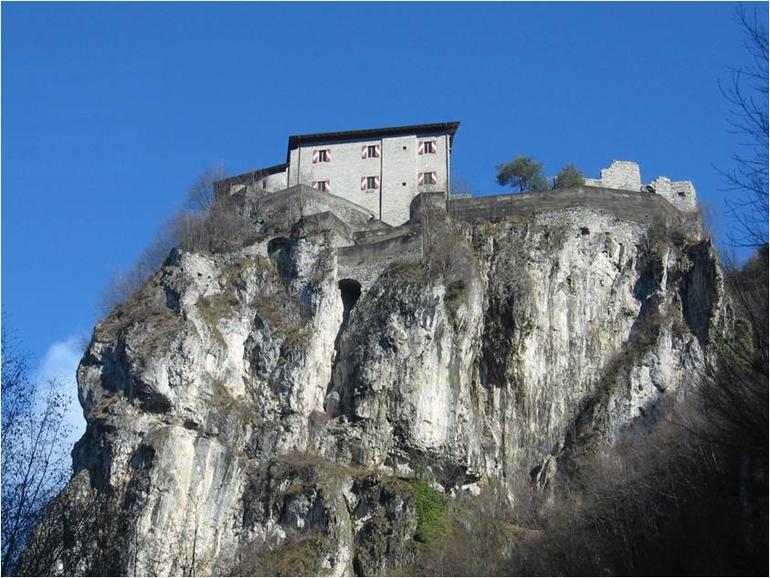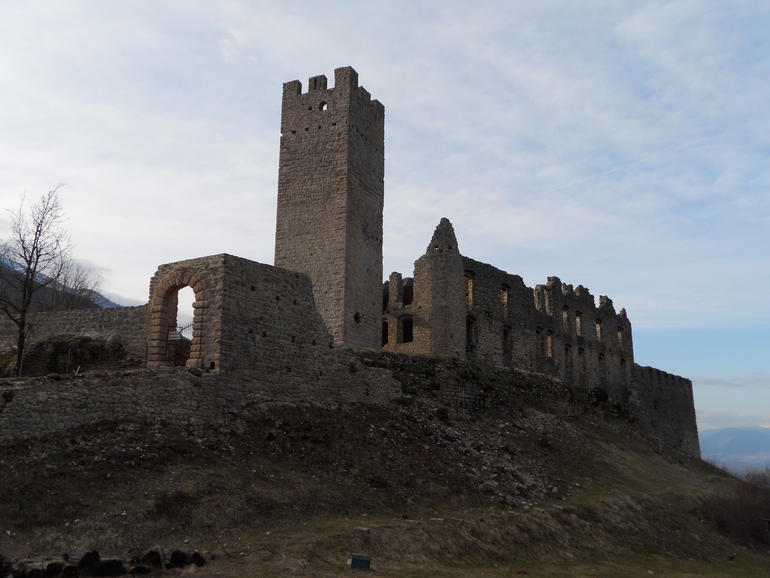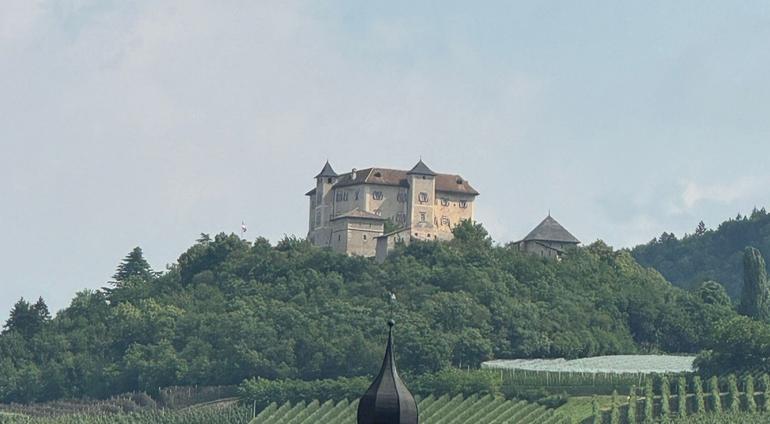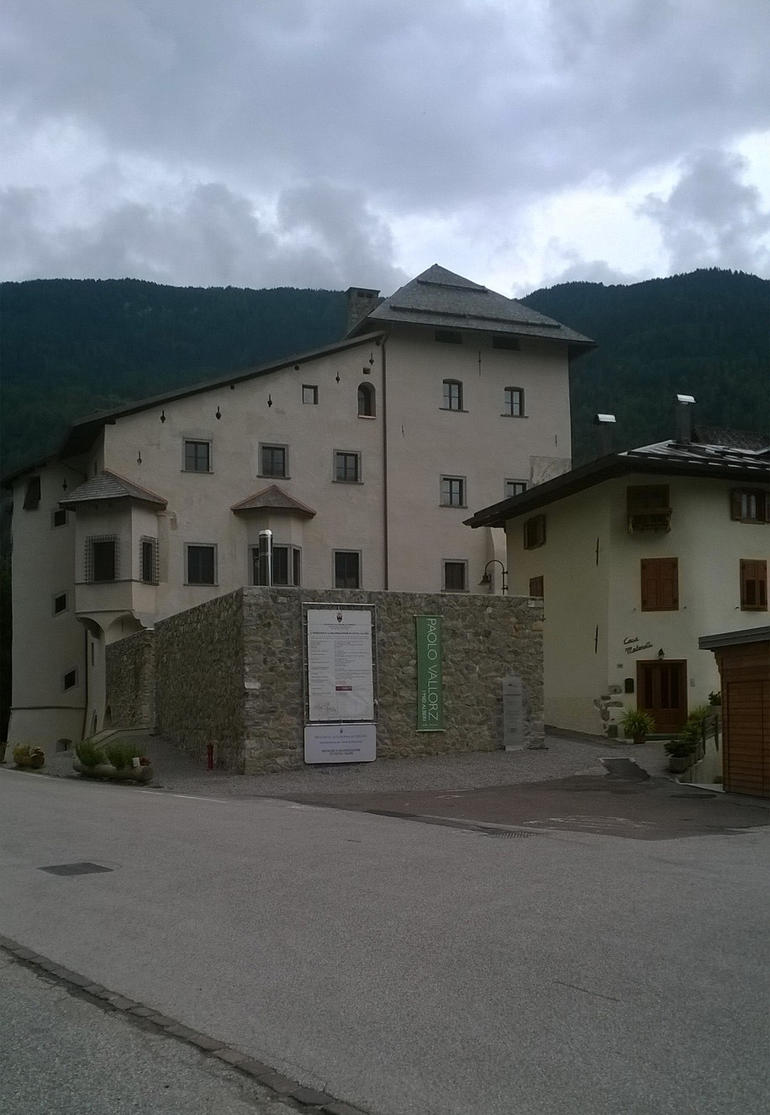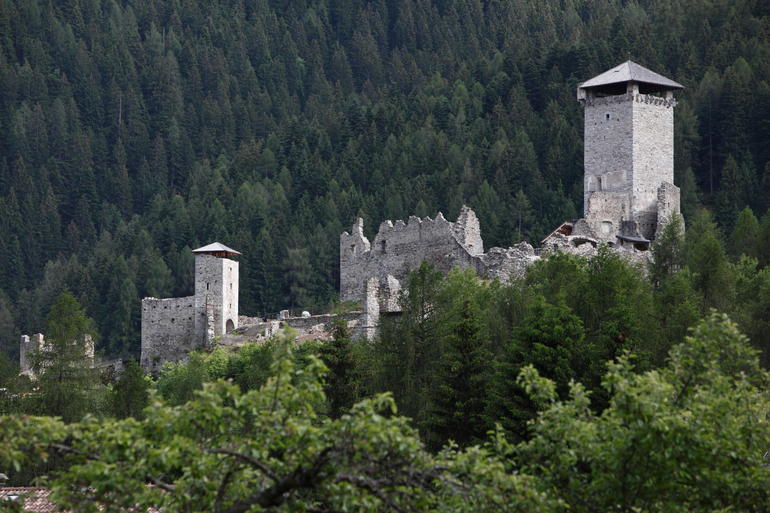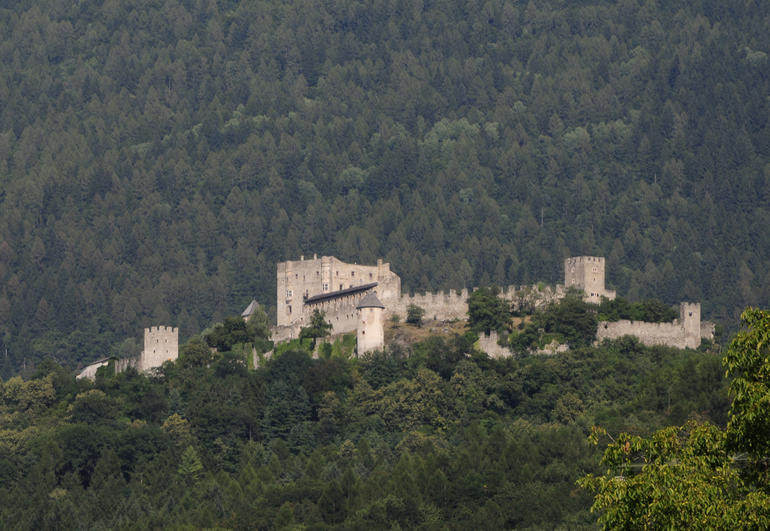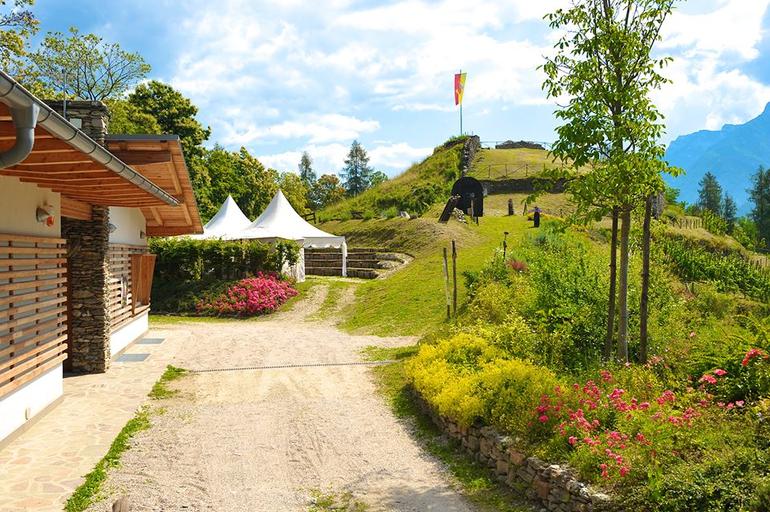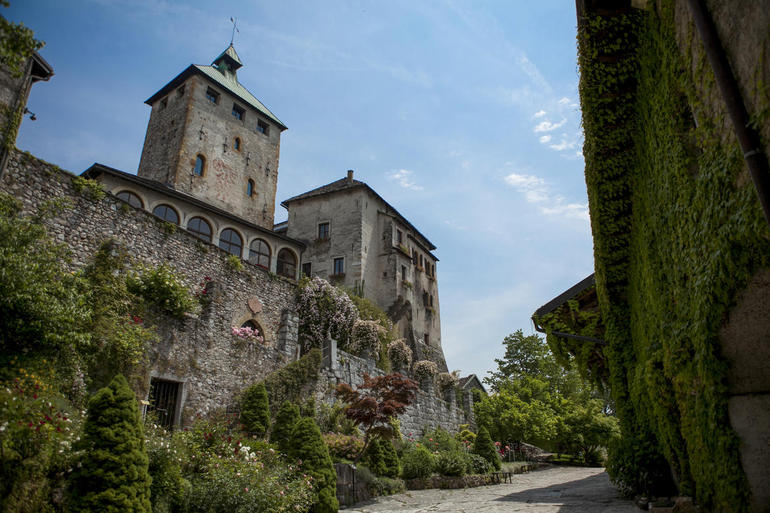The Network of the castles of Trentino
In the cultural landscape of Trentino, the castles, with their imposing architecture, represent a distinctive and noteworthy feature of the area.
In the cultural landscape of Trentino, the castles, scattered with extraordinary density - they’re about 300 - framed by scenery of rare beauty, represent with their imposing architecture a distinctive feature of the area.
The Network of the castles of Trentino has originated from this treasure; its aim is to support the usual research, study and restoration activities, but above all to enhance the castles themselves, also as tourism potential.
The castles participating in the network, almost thirty now, will host the festival dicastelincastello also this year. This third edition offers a calendar full of events: theatre performances, concerts, exhibitions, historical reenactments, as well as tastings of typical products and workshops for children. These charming places, testimony to the power and prestige of noble families and of the Prince Bishops, bring visitors back in time and surround them with a magic atmosphere.
And for those wishing to spend a very special day, here’s the Trenino dei castelli: an exclusive train will take you to the discovery of the most beautiful castles of the Valli del Noce.
The Buonconsiglio Castle is the largest and most important monumental complex of the Trentino Alto Adige region. It was the residence of the prince-bishops of Trento from the 13th century to the end of the 18th century. Castelvecchio is the oldest nucleus; the Magno Palazzo is the 16th century expansion and is one of the most sumptuous Renaissance-style palaces in Italy.
Castel Beseno occupies an entire hilltop dominating the Valle dell'Adige, between Rovereto and Trento, and it can be reached by going through Besenello. Many historical battles took place in this fortress - i.e. the 1487 battle between Trentino troops and the Venetians, as well as the armed battles between the French revolutionists and the Austrians in the two world wars-. In 1973 the Trapp counts donated the Beseno castle to the Autonomous Province of Trento which carried out extensive re-construction works.
As the above Beseno Castle, Castel Pietra was the scenario of the clash between the imperial army Serenissima, and the princes of Trento, in particular the famous Calliano battle.
Noarna Castle
Dominating Lagarina valley since the 11th century, the castle was initially a possession of the Castelbarco family and later of the Lodron family.
A fortress that always brought to rivalries and disputes between the local families
Mentioned from 1183, of the main castle are conserved the inner part of the walls, the barrel vaulted cistern and some spaces.
The castle stands in Rovereto as a memorial and houses the Italian Historical War Museum. The core of the building dates back to the 13th and 14th centuries and was erected by the Castelbarco family as a fortress guarding their feudal power in the Val Lagarina
The first documented information about the existence of the castle dates back to year 1053.In the 13th century it was owned by the Castelbarco family, who bequeathed it to the Venetians in 1411(until 1508). In the 17th century the castle returned to the Castelbarcos, Barons of Gresta, who donated it to the FAI (Italian National Trust) in 1977, which was crucial for the castle's restoration and enhancement.
Built on a rock spur dominating the village of Torbole, in ancient times it controlled the passage between Lake Garda and Lagarina valley.
The castle was first mentioned in 1124, when the local community was allowed to build a castrum novum on the banks of the Garda. Later, the Rocca became a symbol of military might and a place where powerful families exercised their authority.
The Castle of Arco is one of the most famous castles in the Trentino region. The scenery is striking if looked at from the remains of the Palazzo inferiore and the Rocca. The castle's precious treasure is its wonderful cycles of profane frescoes, which are a valuable evidence of the Gothic painting in the Trentino region.
Built in the 12th century, the castle became a tool of primary importance during the Middle Ages to control the road connecting Trento and Lake Garda. Unassailable from the flames, the castle is defended by two rows of walls.
A magnificent stronghold that rises in the middle of Lake Toblino. The other lake fortress in Trentino is the Rocca di Riva.
Restór castle is a perfect starting point for a fascinating autumnal visit to the Trentino castles.
The Castello di Stenico is an exhibition venue of the Castello del Buonconsiglio. It dates back to more than 2000 years, and was first built as a refuge for the Stoni, from which the town takes its name
The castle rises up on a sheer rocky spur on Lake Idro, strategic position controlling the entrance to the Giudicarie territory.
The castle was built in 1311; during the Napoleonic occupation it was abandoned.
Built in the 1250s, it was the main residence of the Thun family. It was open to the public in 2010, and is nowadays one of the venues of the Castello del Buonconsiglio Museum.
Medieval building with evident military function, situated on the right bank of the Val di Non valley
Vasio Castle
The first evidence comes from 1237, when it was granted from Egnone II, cousin of the counts of Appiano, to Bertoldo of Cloz. Recently restored, the fortress is open to the public.
Altaguardia Castle
Its 1280 metres of altitude make it the highest castle in the region and one of the highest in Europe.
Palazzo Assessorile is a medieval building in the old town centre of Cles.
The oldest written source about the castle dates back to 1235. The building is currently owned by the Autonomous Province of Trento, which has refurbished it and transformed it into a prestigious venue for temporary exhibitions and cultural events.
Already mentioned in 1191, the castle was in a strategic position both for practicabilty control and economic exploitation of the iron mines.
Segonzano Castle
The castle was built around the XIIIth century and was already in ruins by the end of the XVth, as documented by Dürer's watercolour works.
Historians use to think Pergine Castle rises on the site of an old prehistoric fortress, which later became a Roman settlement; later on, it was transformed into a Longobard stronghold.
Roccabruna Castle
In a dominant position on the San Martino hill, the door-tower is the only portion of the original structure still visible.
The remains of the old castle were discovered thanks to the surveys conducted by the Soprintendenza per i Beni archeologici of the Provincia autonoma di Trento
The majestic complex dominates the village of Ivano Fracena and the eastern Valsugana
